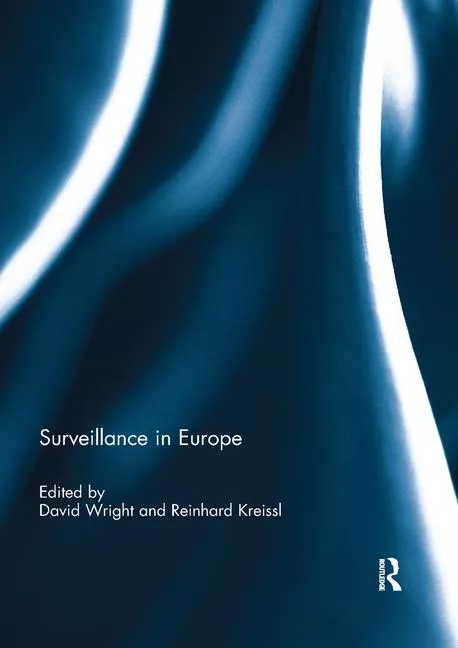In Our Autonomy, We Find Shared Practices

The majority of college and universities around the world were originally founded to satisfy the educational needs of a particular industry, city, region, state or entire country. There are campuses that preceded the founding of the city or state that built around them. Many still exist today that have remained literally autonomous by supplying their own energy, domestic water and waste systems. Some still produce their own food on site. New institutions are formed on this model to fill the growing need for sustainability. Thus, by the nature of our own history, we fight to maintain autonomy, independence, and control of our institution’s destiny. Campus security managers tend to adapt to or are even attracted to working in this type of environment.
When I began my career in securing higher education, there was one State statute that applied to our operation. We were granted legal authority to regulate and control traffic and parking on our property. Today, there are volumes of federal, administrative, state, and even local laws that are applicable to securing campuses. I believe that most of us have adapted to this slight loss of autonomy to serve the overall good of campus safety and security locally and nationwide. We’ve adjusted our policies and procedures, added technology, and adopted new practices to accommodate new and revised laws and regulations.
If you’ve read just about anything in print or online that I’ve written regarding physical security, you will know that I’m a promoter of developing your own best practices, adopting the best practices of others, and continue to expand those practices or perhaps we can call them standards. In fact, the Commission on Accreditation for Law Enforcement Agencies developed and deployed a standards based accreditation process in 1979 for agencies that employ sworn law enforcement officers. The International Association of Campus Law Enforcement Administrators have also developed and deployed an accreditation process based on standards that are applicable to campus security and public safety agencies that are not (sworn) law enforcement agencies and for those that are as well.
The enterprise security industry is also supportive of our unique, autonomous campus environment, but also our need for standards. Analog security video, for example, was not based on comparable standards. The introduction of IP video brought with it common standards, by necessity at first, by being compatible with computer networks. This was followed by standard resolution formats, video compression standards and so on. So we can retain autonomy yet share standards, practices and technology, even though “autonomy” and “standard” are, on the surface, opposing terms.
This supplement serves as yet another tool to provide campus security managers with concise and current information that can be directly adopted into your best practices folder. You will find this an invaluable tool to identify new products, concepts and solutions that were developed recognizing that we are not one vertical market. Campus security as a market if placed on a chart would be a landscape bar graph of vertical markets due to the autonomous nature where no two campuses have the same culture or history. I welcome you to relax, sit back and enjoy this supplement devoted to your success in setting the standard for campus security.
Looking for a reprint of this article?
From high-res PDFs to custom plaques, order your copy today!



